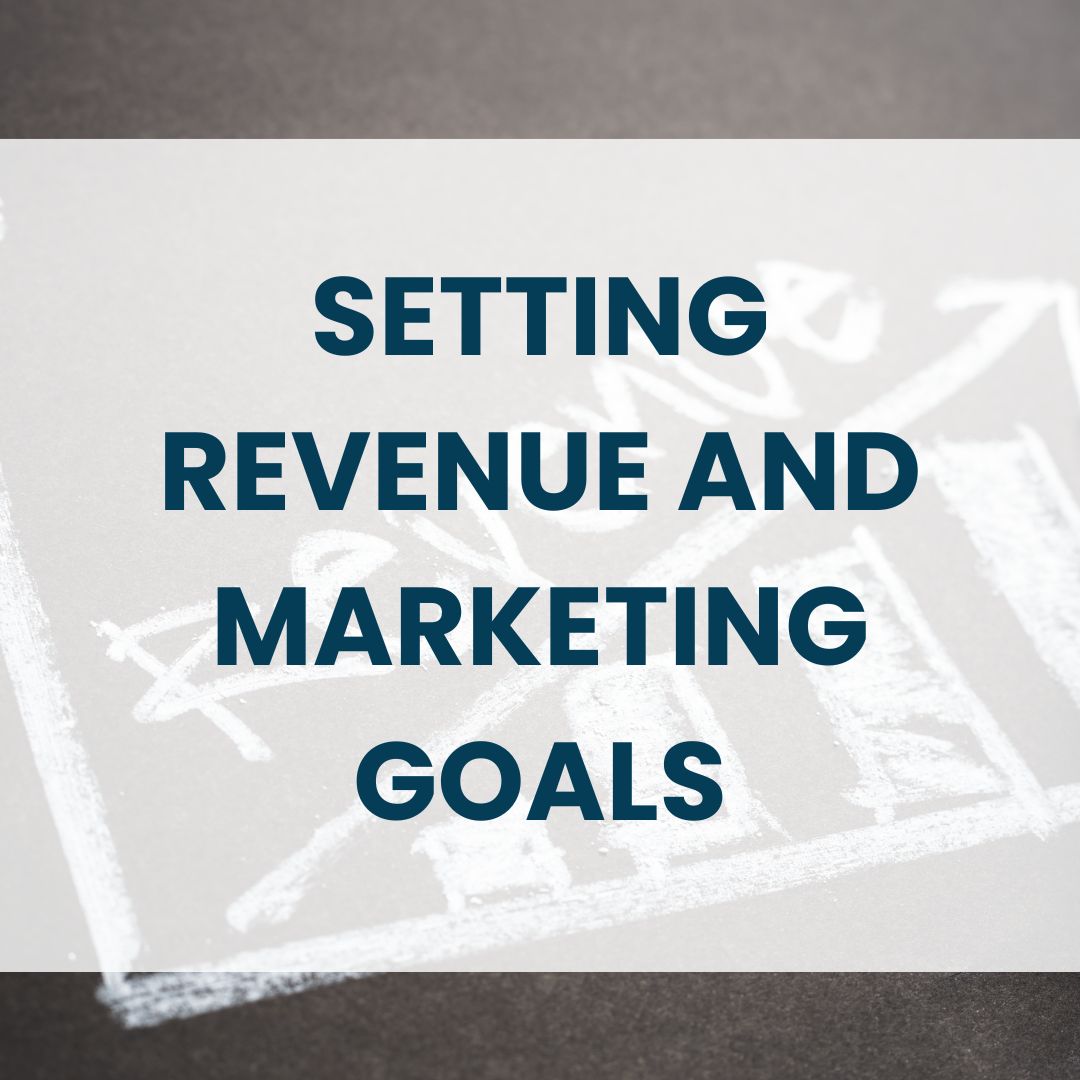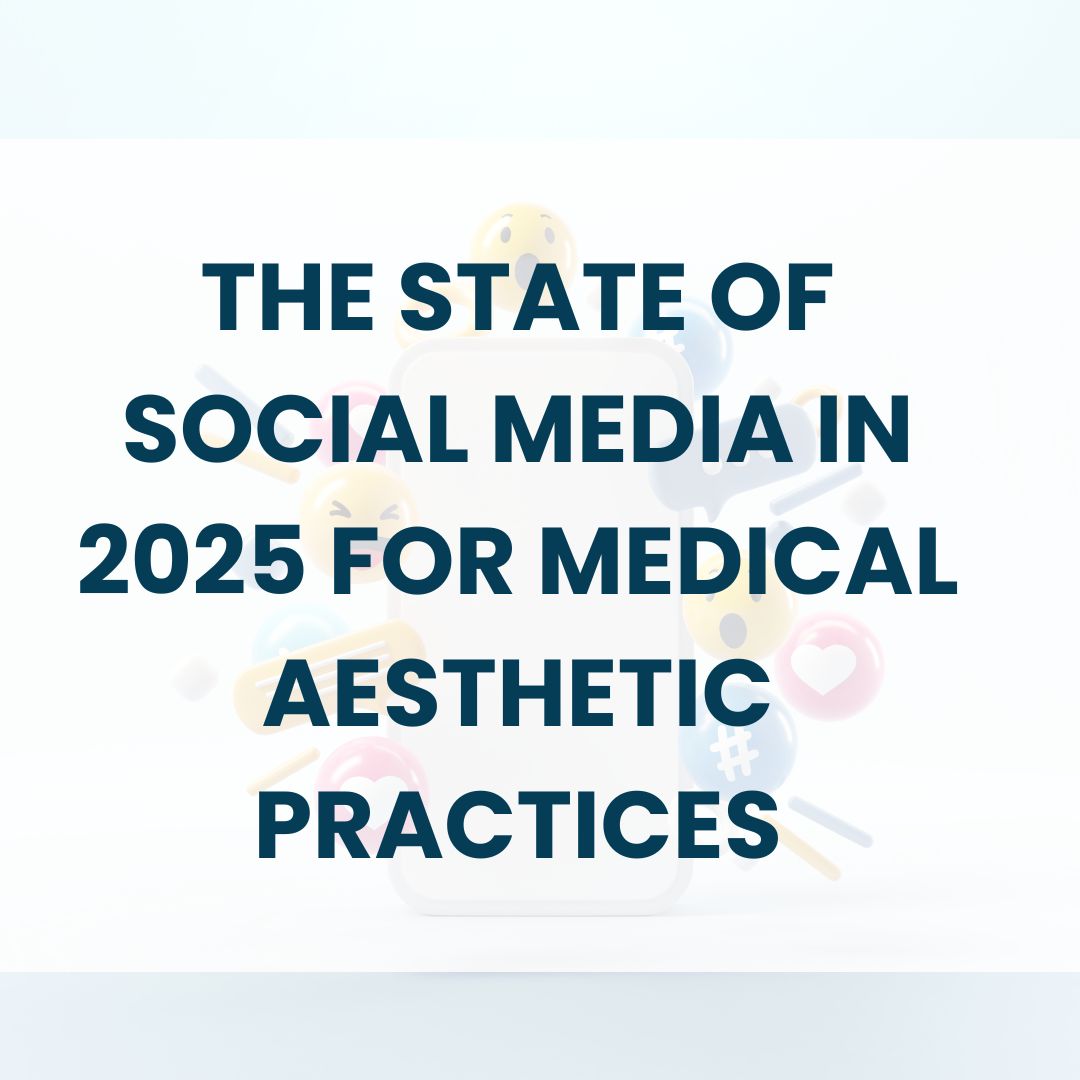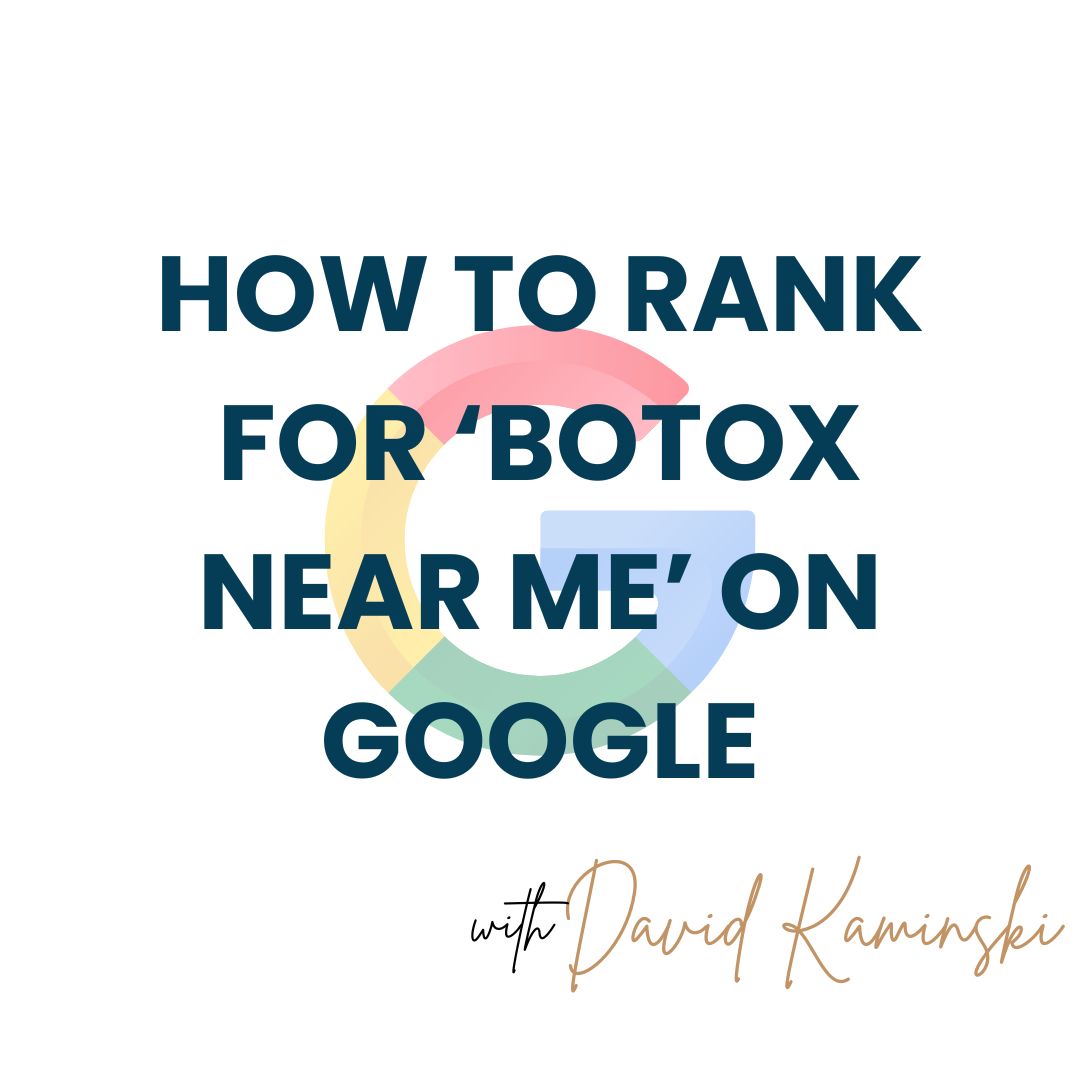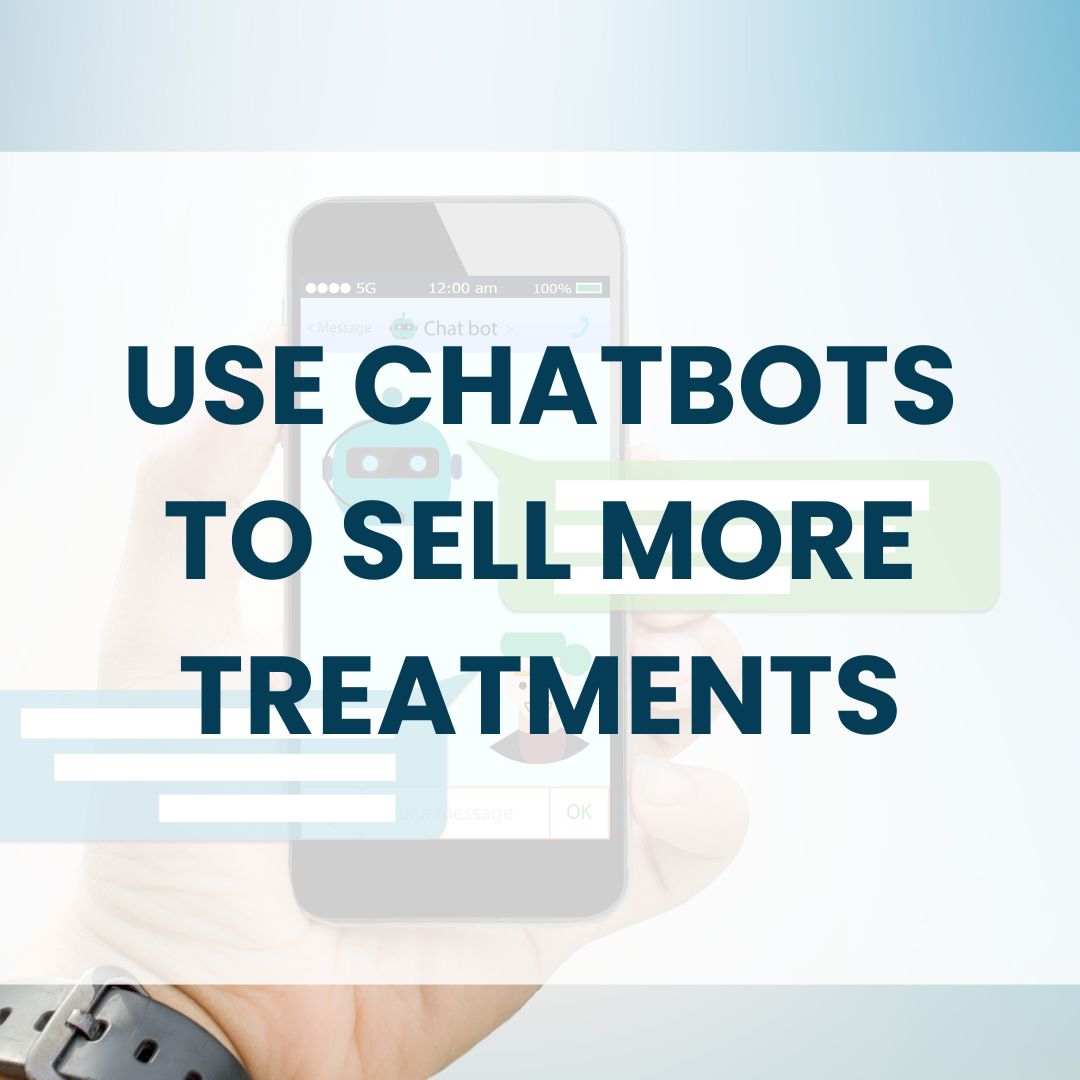If you’ve been following along, we’ve talked about sales data, goal-setting, and understanding how every piece of your business fits into the bigger picture. Today, we’re focusing on revenue goals—the cornerstone of any effective marketing plan. Why? Because without a clear revenue target, your marketing efforts will lack focus, and your team won’t know what they’re working toward. Let’s get into it.
Why Revenue Goals Are Critical
Think about this: if you don’t know your revenue goals, how can you create a marketing plan that supports them? Too often, businesses set marketing expectations without aligning them to clear revenue objectives. This leads to fragmented efforts, misaligned priorities, and missed opportunities. By defining your revenue goal upfront, you can: 1. Provide clarity for your team. 2. Set actionable targets that everyone can own. 3. Track progress effectively and adjust strategies when needed. Setting revenue goals isn’t about playing it safe. Yes, they should be achievable, but they should also stretch your team to innovate and collaborate. Let’s talk about how to define those goals.

Step 1: Define Your Big Revenue Goal
Your revenue goal sets the tone for your entire year. Start by asking: How much do we want to grow? What’s realistic based on our past performance? What’s the “stretch” goal that will motivate us to push harder? For example, if your practice generated $1M in 2024, you might aim for a 20% increase, setting a 2025 goal of $1.2M. Break it down into quarterly or monthly targets so it feels manageable and trackable.

Step 2: Reverse Engineer Your Goal
Once you’ve set your revenue target, it’s time to figure out how you’ll achieve it. This requires looking at three key metrics:
1. Lead Generation
Every new patient starts as a lead. To meet your revenue goals, you need a clear plan for acquiring leads through: your website, social media, and paid advertising. Ask yourself: How many leads did we generate last year? What was our conversion rate from lead to paying customer? If you need 1,000 new leads to reach your goal, break that number into actionable steps. For example, you might plan to generate 250 leads per quarter.
2. Conversion Rates
Improving your conversion rate can be just as powerful as increasing lead volume. If you convert 5% of leads now, aim for 7-10% next year. This might mean optimizing consultations, personalizing follow-up emails, or upselling services based on customer needs.
3. Average Order Value (AOV)
Look at what each patient spends with you annually. Can you increase this? Strategies include offering memberships, bundling treatments, and introducing high-value services.

Step 3: Segment Your Revenue Streams
Not all patients contribute equally to your revenue. Break your revenue goal into tiers:
1. Entry-Level Treatments
These include facials, chemical peels, and HydraFacials. These patients are often exploring their options and may be more price-sensitive.
2. Mid-Tier Services
Patients in this group are committed to maintaining results. Think injectables, microneedling, or laser treatments.
3. Top-Tier Patients
These are your VIPs—patients who invest in premium packages or multiple treatments at once. Focus on delivering exceptional results and personalized care. Assign revenue targets to each tier. For example: Entry-Level: $300K, Mid-Tier: $600K, Top-Tier: $300K.

Step 4: Empower Your Team
Here’s where things get exciting. Every member of your practice should own a piece of the revenue goal. For example: The front desk team focuses on rebooking patients. Practitioners focus on upselling treatments. Marketing works on lead generation. When everyone owns a number, you create accountability and teamwork. Monthly check-ins ensure that everyone knows how they’re contributing.
Step 5: Create a Membership Strategy
Memberships can transform your revenue streams. Instead of relying solely on new patient bookings, memberships create predictable, recurring revenue. Here’s how: Offer monthly or quarterly packages. Include treatments patients already love. Provide value-added perks, like discounts on premium services.

Step 6: Prepare for Seasonal Peaks
Every practice has its high and low seasons. Plan ahead by promoting treatments that align with specific times of the year. For example: Wedding season (spring/summer): Promote skin rejuvenation packages. Holiday season (fall/winter): Focus on anti-aging treatments and gift cards.
Action Steps
Gather your data. Look at your 2024 numbers, including leads, conversion rates, and revenue per service. Set your 2025 revenue goal. Break it down into tiers and assign ownership. Map out your lead generation strategy. Identify your target channels and the number of leads needed.
Coming Next Week
Next week, we’ll dive into the marketing plan for 2025. We’ll explore specific campaigns, content ideas, and tools you can use to hit your revenue goals.
Grab Your Free Holiday Marketing Calendar
Want to stay ahead of the curve? Download our free Holiday Marketing Calendar at theaestheticsjunkie.com/holiday. You’ll get a roadmap for planning promotions that convert, plus access to exclusive discounts on the full version.
Let’s set the stage for your most successful year yet. You’ve got this! 💪









